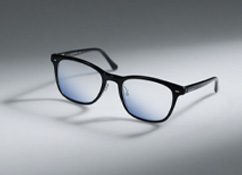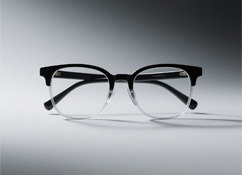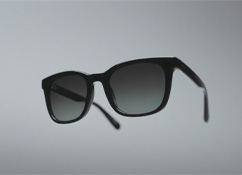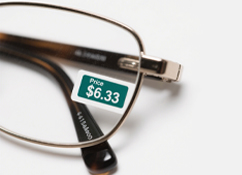Prism Lenses vs. Regular Glasses: Differences?
Prism Lenses vs. Regular Glasses: Differences?
Regular glasses have curved lenses that shift focus by bending light (diverging or converging it). Prism lenses are wedge-shaped—thick at one end (base) and thin at the other (apex). When light passes through a prism, it bends toward the base, while images shift toward the apex. This aligns the strabismic eye’s retinal image with the macula, correcting strabismus and stopping double vision.
Prism strength is measured in prism diopters (Δ). 1 Δ means light shifts 1 cm over 1 meter.
Who can use prisms for strabismus?
Eyes tolerate more prism power horizontally than vertically (since horizontal fusion is stronger). Asymptomatic hidden strabismus (phoria) needs no correction. Severe strabismus or far-apart double images usually require surgery.
Prisms may help: symptomatic phoria, mild strabismus, post-surgery residual strabismus, or as a temporary fix for young kids before surgery. If prisms don’t work, surgery may be needed.
How to wear prisms?
Get a professional exam first to confirm if prisms work for you. Regular prisms usually split the required power between both eyes, max 6Δ per lens (they’re thick and less cosmetic). For over 6Δ, or with high myopia/hyperopia (hard to make regular prisms), use press-on prisms.











